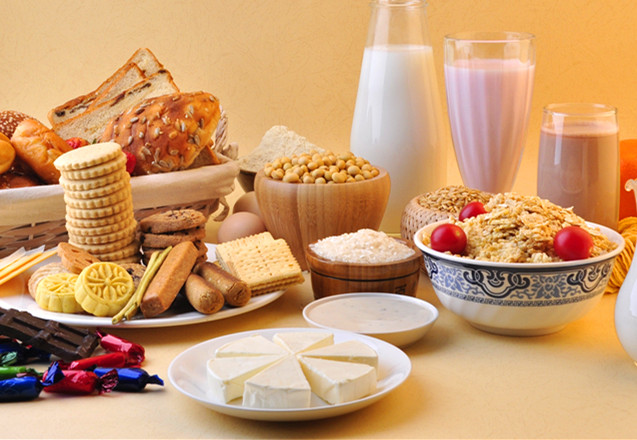But all of these numbers we think are potentially achievable numbers
但3克這個數字,我們認為是較現實的
If we were to work through public health efforts to lower salt
通過公共健康活動,減少這么多是可能的
So this is what it would look like if we were able to achieve this
這是假設成功減少3克鹽后的結果
This is the number of fewer heart attacks each year because of this drop in salt
這是每年心臟病發作率隨鹽攝取量減少的情況
On the left-hand side of the screen, you're looking at non-blacks in the US
左邊是美國的非黑人
and then on the right-hand side, you're looking at blacks
右邊是黑人
We separate this out because blacks have more hypertension and may be more salt sensitive
這樣分是因為黑人有更多高血壓,對鹽更敏感
and so they have greater reductions
黑人的減幅也更大
Blacks, about 20% reductions in the annual rates of heart attack
每年心臟病發作率減少約20%
But you see even among non-blacks
不過就算是非黑人
these reductions no matter what age we're talking about are at least 10% in both men and women
不論年齡段和性別都有至少10%的減少
So really quite striking, substantial reductions in annual heart attack rates
這在每年心臟病發作率方面,是非常顯著的減少
Because of the change of half a teaspoon a day in salt
這里我們只是,每天減少了半茶匙鹽
We look next at stroke, how many strokes could be avoided if we made this change?
下面看中風,減少這么多鹽后,能避免多少中風
Here what's striking is you see the benefits are far greater in women than in men
很明顯,這對女性的好處要大于男性
And this is because stroke is a particular risk for women. Women are particular risk for stroke
因為女性中風的風險更大
And blood pressure is probably the single most important contributor to stroke risk
而血壓是中風最重要的危險因素
And so when we think about interventions to reduce blood pressure
減少血壓的措施
We're going to always benefit women more when we think about reducing stroke risk
總能讓女性更受益,減少其中風風險
And that's what you see here that women have a greater benefit
這里就是這種情況女性受益更大
In the older ages almost 10% reduction in stroke rates in non-black women
較老年齡的非黑人女性,降低了約10%
and about 15% in black women
而黑人女性降低約15%

Let's look at the changes in deaths
再看死亡
This is the number of deaths that would be avoided each year
這是減少3克鹽攝取量后
Because of this change in dietary salt intake
每年能減少的死亡數量情況
Here again you see that every group benefits
每類人群受益仍然都很明顯
And the benefits are the greatest at the youngest age groups the 35- to 64-year-old groups
特別是較年輕的35到64歲年齡組
They have, the younger, the greatest benefit because these are the ages when other risk factors are not that high
較年輕者受益大是因為較年輕者其它死亡危險因素不高
When the cholesterol has not yet become very high
此時膽固醇還沒有到很高
People probably don't have diabetes yet
此時人們也許也沒有糖尿病
And the only thing they may have are some slightly elevated blood pressures
唯一比較危險的是提高的血壓
And so if we can do things to modify risk in this group
所以,如果能降低這方面的風險
we're actually talking about lowering rates of disease in a younger population
就已經能夠減少這類較年輕者的患病率
in both men and women
男性和女性都是如此
How does reducing salt compare to other things that we think are important
鹽攝取量減少同其它重要舉措對比,效果如何呢
Like reducing smoking?
比如減少吸煙
Here we compared several different public health interventions
這里是同幾種公共健康干預的對比
The first lowering salt by half a teaspoon a day, 3 g per day
最左側是每天減少半茶匙3克的鹽攝取量
The second we compare this hypothetical intervention where we cut the numbers of smokers in the US by half
第二個也是假設干預行為,即美國吸煙者人數減半
And we cut the number of people who are exposed to secondhand smoke by half
吸二手煙的人數也同時減半
And then we had other interventions that we compared as well
后面還有其它干預措施











